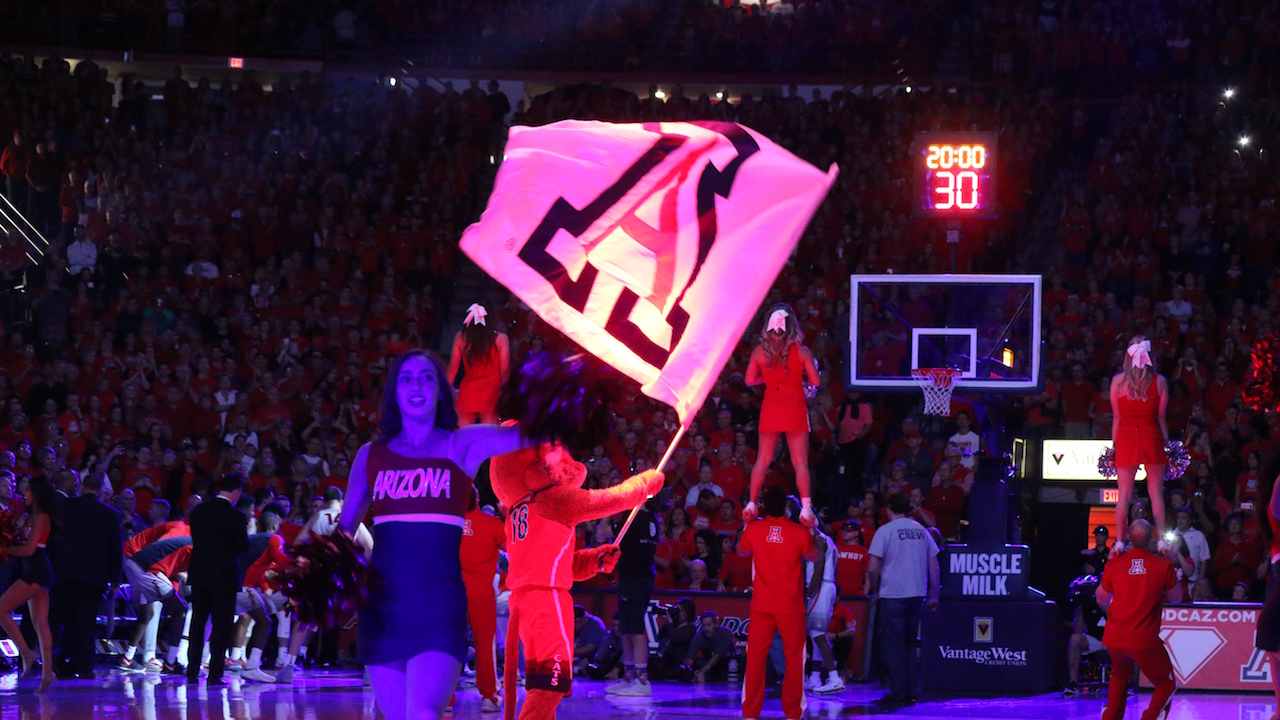Stanford and Cal began playing college sports more than a century ago. For 99 percent of their athletic existence, membership in a conference based thousands of miles away was inconceivable. Now, it’s essential.
The Cardinal and Bears are desperately seeking invitations to either the ACC or the Big Ten following the implosion of their longtime home, the Pac-12, which lost five schools late last week and has been reduced to a mere quartet.
If neither of those leagues provides a lifeboat, the Bay Area schools seemingly have three options:
— They could link arms with Washington State and Oregon State and attempt to rebuild the Pac-12 via expansion.
— They could orchestrate a merger with the Mountain West.
— They could compete as Independents in football and place their other teams in the Mountain West or West Coast Conference.
For first-class academic institutions that have won hundreds of NCAA championships and produced iconic athletes across multiple sports, none of those options are desirable as joining conferences based in Rosemont, Ill. (Big Ten) or Charlotte, N.C. (ACC).
But college sports changed forever on June 30, 2022, when the Los Angeles schools accepted invitations from the Big Ten, redefined conference alignment and turned UCLA vs. Rutgers into a league game.
The exodus of the Bruins and Trojans sent the Pac-12 into a year-long existential crisis that culminated Friday when Oregon and Washington joined the Big Ten, Arizona, ASU and Utah entered the Big 12 and a 108-year-old pillar of college sports turned to ash.
The conference changes won’t take hold until next summer, but the four schools left behind in the Pac-12 are scrambling to find homes.
Developments are unfolding rapidly from coast to coast, with ACC presidents discussing the benefits of a western arm, the University of California regents meeting (Tuesday morning) to discuss Cal’s future and Stanford leaning on its influential alumni base and powerful allies.
Resolution could come first from the ACC, where expansion to the West Coast seemingly has few benefits for anyone, with the possible exception of its media partner, ESPN.
With Cal and Stanford in the fold, the network would have more football games available in the Pacific Time Zone, especially for the 7:30 p.m. (PT) broadcast window.
Additionally, the Bay Area media market would generate subscribers for the ACC Network, which is owned by ESPN. Would it result in a material revenue increase for the 14 current members? That’s unlikely.
Membership in the Big Ten makes far more sense for Cal and Stanford — and for USC, UCLA, Oregon and Washington.
A six-team western division would create a heavy load of regional conference games, limiting the number of cross-country trips for athletes in the Olympic sports. It would reduce West Coast travel for the Big Ten’s 14 current members, as well.
The additions of Stanford and Cal would create first-rate academic alignment, always a consideration for university presidents, and provide the Big Ten with access to the Bay Area tech scene and its immense alumni base in the region.
The prospect of Stanford and Cal ever joining the Big Ten made zero sense until last summer. Now, it makes too much sense.
But only one vote matters: Will Fox, the Big Ten’s media overlord — and the puppet master behind the USC, UCLA, Oregon and Washington moves — agree to pay for it?
Big Ten schools won’t approve any expansion that depletes their media revenue stream. Fox would need to front the cash earmarked for Stanford and Cal.
How much?
USC, UCLA and the 14 continuing Big Ten members are expected to receive an average of $65 million annually (approximately) from the conference’s broadcast contract.
Washington and Oregon agreed to enter the conference at reduced shares and will receive about $32.5 million per year. That’s more than $375 million for the Pacific Northwest powers over the term of the Big Ten’s media contract cycle.
For Stanford and Cal, entry into the Big Ten would carry greatly reduced revenue shares — perhaps as low as 25 percent for the bulk of the contract term.
But does Fox see enough value in the Stanford and Cal football brands, and in the Bay Area media market, to muster another $200 million (or more)?
The second hurdle is equally daunting: What happens when the Big Ten’s broadcast contract expires in 2030? We’re deeply skeptical that Ohio State, Michigan and Penn State would approve splitting that windfall equally with the Bay Area duo.
Would the Cardinal and Bears agree now to take reduced revenue shares deep into the 2030s?
If that’s their only path into the Big Ten and the ACC door is closed, there’s no decision to make. They sign on the bottom line, breathe a deep sigh of relief and start booking flights to Bloomington and Iowa City.
*** Send suggestions, comments and tips (confidentiality guaranteed) to pac12hotline@bayareanewsgroup.com or call 408-920-5716
*** Follow me on Twitter: @WilnerHotline
*** Pac-12 Hotline is not endorsed or sponsored by the Pac-12 Conference, and the views expressed herein do not necessarily reflect the views of the Conference.
Related posts:
 Brandon Huffman Pac-12 recruiting notebook
Brandon Huffman Pac-12 recruiting notebook
 Wilner Hotline – Pac-12 basketball: Winners and losers from NBA Draft decisions, transfer portal moves and even old-fashioned recruiting
Wilner Hotline – Pac-12 basketball: Winners and losers from NBA Draft decisions, transfer portal moves and even old-fashioned recruiting
 Wilner Hotline – Pac-12 on the brink: USC and UCLA expected to seek membership in the Big Ten
Wilner Hotline – Pac-12 on the brink: USC and UCLA expected to seek membership in the Big Ten

(AP Photo/Nell Redmond)
Big 12 MBB projections for 2024-25: Four Corners schools face daunting season in their new homeJon Wilner
Jon Wilner has been covering college sports for decades and is an AP top-25 football and basketball voter as well as a Heisman Trophy voter. He was named Beat Writer of the Year in 2013 by the Football Writers Association of America for his coverage of the Pac-12, won first place for feature writing in 2016 in the Associated Press Sports Editors writing contest and is a five-time APSE honoree.
